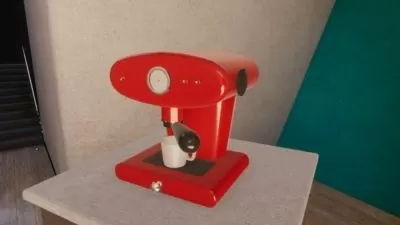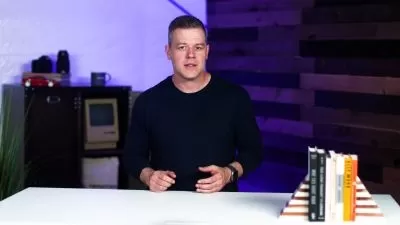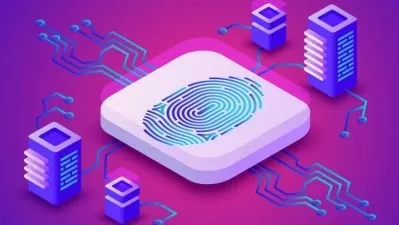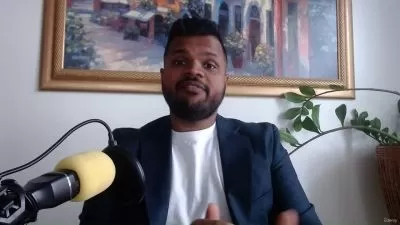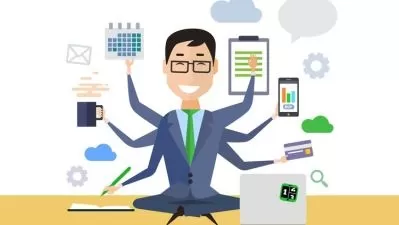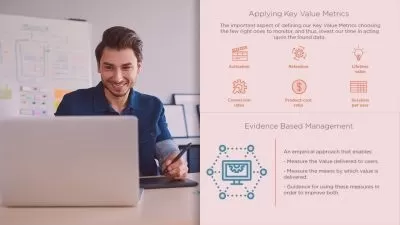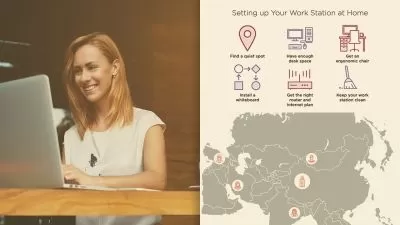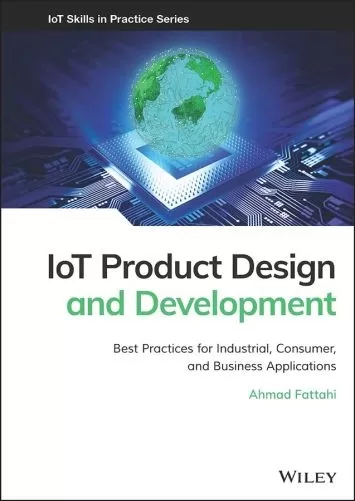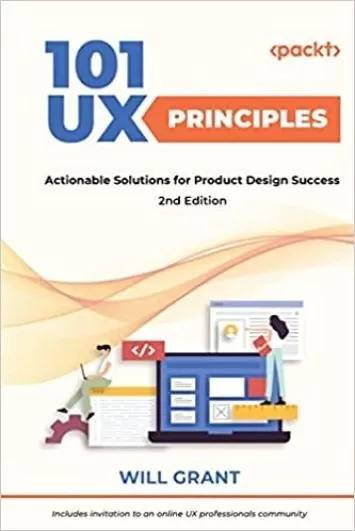About Product DesignLearn More
Customers gravitate towards products that are intuitive and delightful. That’s why product design is as much about human psychology as it is about design elements. Understanding user motivation and experience will help you design better mobile apps, appliances, and much more.
Sort by:
Sorting
The newest
Most visited
Course time
Subtitle
Filtering
Courses
Subtitle
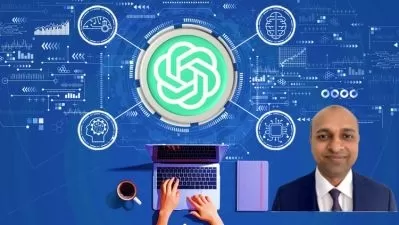
Udemy


Vipesh Singla , MBA, Certified SAFe Agile Coach
ChatGPT for Product Management & Innovation 1:59:10
English subtitles
04/24/2024
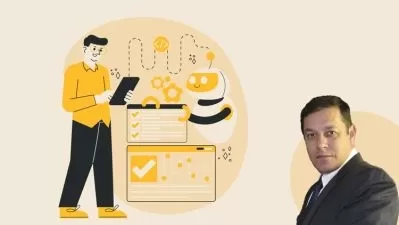
Udemy


Antony Michail, PhD
Fast Track to MVP: Lean Strategies for Product Innovation 6:06:57
04/24/2024
Subtitle
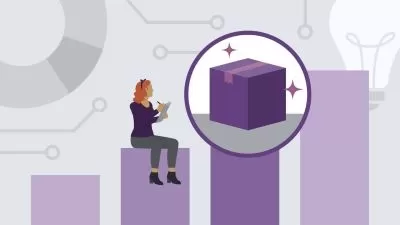
Linkedin Learning


Shanae Chapman
Data-Driven Product Research and Design 2:20:17
English subtitles
03/28/2024
Subtitle

SkillShare


Veronica Pinchin
Product Analytics Essentials: 3 Reports to Drive Impact | Learn with Mixpanel 37:49
English subtitles
01/03/2024
Books
Frequently asked questions about Product Design
Product design is the process of coming up with ideas for new products, creating new products, and upgrading current products to solve problems users have or to address the needs of a specific market. There are many steps to product design. It starts with a need that can be addressed, so there is a reason to create a product. Potential users of the product are researched to ensure that the idea for a product fits their needs. The user interface or UI for the product will be created based on end users' needs and their behavioral patterns. Prototypes are created so that UI designs can be reviewed by the business and users to determine the final look and functionality of the product. Finally, as the product is being developed, product design continues as users interact with the product, and new features are added to keep up with their changing needs.
A product designer is responsible for the complete process of creating products and usable experiences. This starts by defining the problems of real users in the industry they work in and thinking about possible solutions that will make their work easier. This starts with a very high-level design that defines how the overall system works and its architecture and includes the design's granular details, such as pixel-perfect mockups and CSS templates. Product designers may have to deliver prototypes, mockups, wireframes, and user journey maps to stakeholders and the development team as part of their job. But this is not the end of the job. During the product development, they could work hand-in-hand with the product team depending on the job requirements. This way, they can guide both what the product does and how it does it while keeping the user's experience in mind.
First, a product designer needs to know how to design well. This means the visual design skills that a graphic designer may have and the user interface, user interaction, and user experience design skills. They must know how to use various tools for prototyping their results so that stakeholders know how a design is supposed to work before they sign off on it. Product designers also need to know how to perform user research, conduct user testing, and interview users to better understand the people using the end product. Communication and articulation are also important skills of product designers since many of their jobs involve interacting with stakeholders and end-users. Other important skills include problem-solving, collaboration, and decision-making.
There are many types of product design since a product designer can work in a variety of industries. Digital product designers create the designs for web and mobile apps and may specialize in one or the other. Mechanical product designers create functional physical products and how a user interacts with them. Industrial product designers also design physical products and specialize in furniture design, household appliance design, toy design, transportation design, fashion design, and more. A product design role can also be defined by the scope of work. A system designer looks at the big picture and balances both businesses’ and users’ needs. They may design how a complete store or e-commerce shop functions. An interface designer defines those things that users interact with, like the UI of a phone app. A process designer works between an interface designer and system designer to ensure all processes are fluid and contribute to a good user experience.





